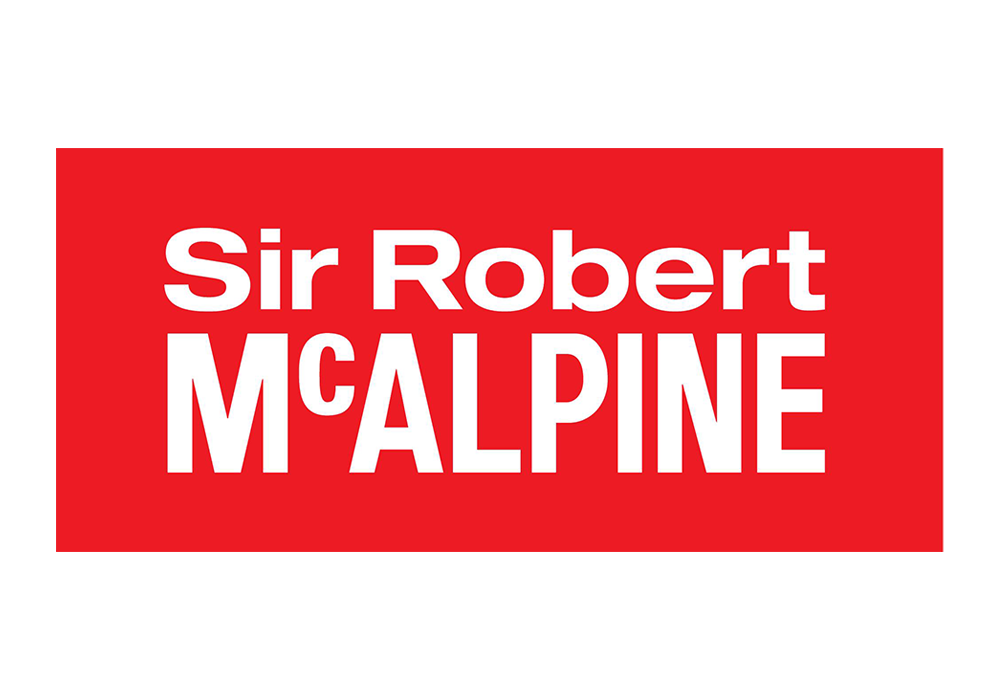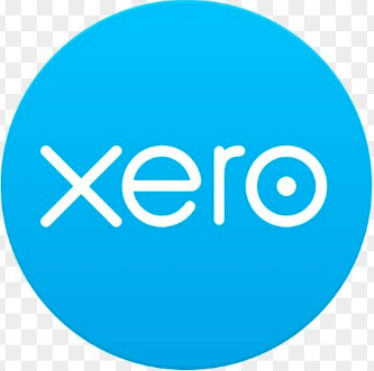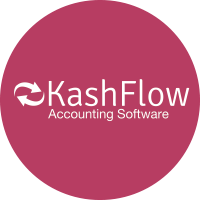
SEIS and EIS Investment
Ever thought of investing in a new start up? Got an idea that needs funding? If you structure the funding correctly, investors could see up to 50% in income tax advantages and companies can attract a wider range of investment.
Venture capital schemes have seen immense growth over the past two years, with London leading the charge. Under State Aid provisions, the government have established several tax efficient schemes to encourage private investment in smaller high risk trading companies. The principle schemes are:
- the Enterprise Investment Scheme [EIS]
- the Seed Enterprise Investment Scheme [SEIS]
- Venture Capital Trusts [VCTs]
We offer advice and implementation of these schemes. This area can be complex and it is essential the implementation and due diligence is performed in advance and correctly in order to achieve the desired results.
If you are an investor or a company looking for funding, it is essential you speak to us and explore the relevant options prior to taking on funds.
For more information on the these schemes please see below. If you wish to have a free consultation to discuss your specific issue, contact us today.
Enterprise Investment Scheme
EIS is designed to incentivise private equity investment in unquoted companies. It is also designed to encourage business angels to provide finance and expertise to a company, taking an active part in the management as paid directors without losing any EIS entitlement.
Tax reliefs available under EIS are significant however the qualifying conditions are complex and planning is essential prior to taking any investment.
The Investor
The reliefs available to the investor are threefold:
- Income tax relief (ITA 2007 s158) max 30%
- CGT exemption (TCGA 1992, s150A) –
- CGT deferral relief (TCGA 1992, s150c and sch 5B)
Disposals of equity at a loss may also give rise to CGT loss relief or to income tax relief.
Income tax relief:
The investor is entitled to invest a maximum of £1m in EIS equity in any given year, income tax relief is available at the lower of:
- the amount of income tax payable by the investor in the relevant year
- 30% of the amount invested
A claim can be made to carry back the tax relief to the prior tax year
Income tax qualifying conditions at the time of issue:
- Holding not more than 30%
- Not connected [Director, Employee or Associate or >30% option or rights]
*Care is required in this space to ensure connected party status is avoided.
Capital Gains Tax Exemption:
Gains made on the disposal of EIS shares are exempt from CGT once a three-year holding period has elapsed.
This exemption may be restricted if income tax relief has been withdrawn.
An investor may also defer a gain made on disposal of other assets by investing said gains into an EIS company, in this instance the investor may also be connected, however all other reliefs associated with EIS will not be available.
If shares are disposed of at a loss, CGT loss relief may be available, however the loss is reduced by any EIS income tax relief claimed. Losses remaining may be set off against current or subsequent year chargeable gains.
Alternatively, EIS losses may be relieved against income tax under ITA 2007 s131 for the year in which the loss arose or the previous tax year.
The Company
Universal Qualifying Conditions
- Subscribe to issue of new ordinary shares for cash
- Funds must be used for qualifying business activity [QBA]
- Funds must be substantially employed in QBA within 2 years
- Company must be qualifying
- Shares fully paid
Qualifying Company
- Trading company or holding company of trading group
- Unquoted at time of EIS issue and no arrangements to list
- Gross Assets < £15m
- Control of/under other entities tests
- Permanent establishment in UK [OECD Model Tax Convention]
- Must not be in financial difficulties [State Aid guidelines 2014/c 249/01]
- Fewer than 250 employees and raised less than £5m
Timeframe
The complexities of EIS are such that the timeframe for each qualifying condition is different, however each must be met on a continuous basis for 3 years after the issue.
Anti-Avoidance
There is a host of anti-avoidance around EIS issues, this is primarily aimed at preventing the recycling of funds whilst allowing investors to achieve tax reliefs.
There needs to be a bona fide commercial purpose for the issue of the equity and the utilisation of funds.
Loans and conversion of loans are also targeted in this space, as well as pre-arranged exits.
Seed Enterprise Investment Scheme
SEIS is designed to incentivise investment in new start-up companies.
The Investor
The reliefs available to the investor are threefold:
- Income tax relief (ITA 2007 s158) max 50%
- CGT exemption (TCGA 1992, s150A) –
- CGT deferral relief (TCGA 1992, s150c and sch 5B)
Disposals of equity at a loss may also give rise to CGT loss relief or to income tax relief.
Income tax relief:
The investor is entitled to invest a maximum of £100k in SEIS equity in any given year, income tax relief is available at the lower of:
- the amount of income tax payable by the investor in the relevant year
- 50% of the amount invested
A claim can be made to carry back the tax relief to the prior tax year
Income tax qualifying conditions at the time of issue:
- Holding not more than 30% for three years
- Cannot be an employee
- Can be a Director
*Care is required in this space to ensure connected party status is avoided.
The Company
Qualifying Company
- Must be a NEW trade [No more than 2 years old]
- Trading company or holding company of a trading group
- Unquoted at time of EIS issue and no arrangements to list
- Gross Assets < £200k
- Control of/under other entities tests
- Permanent establishment in UK [OECD Model Tax Convention]
- Must not be in financial difficulties [State Aid guidelines 2014/c 249/01]
- Fewer than 25 employees and raised no additional funds via EIS or VCT
- Raised >£150k under SEIS in prior three years.
Advance Assurance and Process
We will seek to gain non-statutory HMRC advance assurance that any SEIS and EIS application will succeed from the perspective of the company. There is no statutory route for advance assurance for investors.
HMRC will provide informal advance assurance for the company. [VCM14030]
General Process:
- Application for clearance
- Adjustment of Share Capital
- Issue of Equity
- Application for EIS Certificate [EIS1]
- HMRC issue authority [EIS2]
- Company issue EIS3 to Investors [EIS3]
Summary
EIS schemes have become increasingly popular with over £2bn in funding being raised by over 3,500 companies in 2014/15 alone.
Most funding is made under EIS, and by far the most prolific region for use of these schemes is London, with close to 50% of claims being made by companies registered there.
The scheme criteria and legislation in this space can become complex, and it is essential you receive the correct advice and compliance to achieve the desired results.

















